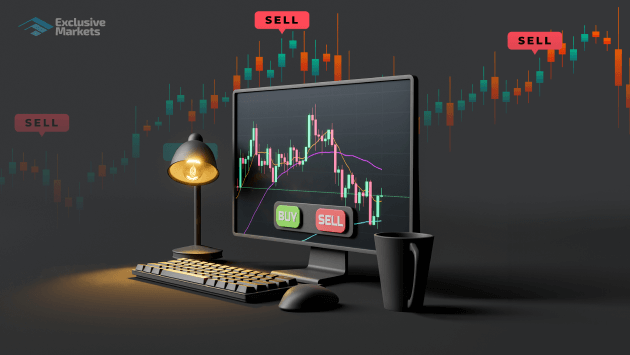
Automated trading in forex has revolutionized the way traders engage with the currency markets. With systems that execute trades based on predetermined rules and algorithms, traders can optimize their strategies and potentially increase their profitability. In this article, we will delve into the various aspects of automated trading in forex, covering strategies, tools, benefits, and a look at platforms like automated trading forex Online Trading CM that make this trading style accessible to everyone.
What is Automated Trading?
Automated trading, also known as algorithmic trading, is the process of using computer programs to execute trades in financial markets automatically based on algorithms. Traders set specific criteria for buying and selling currencies, which the trading software uses to make decisions without human intervention. This approach helps eliminate emotional trading, allowing for a more disciplined and systematic investment strategy.
Benefits of Automated Trading in Forex
Automated trading comes with several advantages that can be particularly beneficial for forex traders:
- Emotionless Trading: Since the system is based on algorithms, emotional biases such as fear and greed are largely removed from the trading equation.
- Speed and Efficiency: Automated trading can execute trades in fractions of a second, allowing traders to capitalize on price movements that may be missed with manual trading.
- Backtesting Capabilities: Traders can test their strategies against historical data to assess their viability before deploying them in live markets.
- Diversification: Automated trading allows traders to manage multiple accounts or strategies simultaneously, enhancing their portfolio diversification.
- Consistent Execution: By following the set rules rigorously, automated systems ensure consistent execution of trading strategies without deviation.
Understanding the Components of Automated Trading
To effectively engage in automated trading, it’s essential to understand the key components involved:
1. Trading Strategy
A well-defined trading strategy is critical. Traders can use various methods, including technical analysis, fundamental analysis, or a combination of both, to formulate their rules for trading. The strategy should include specific entry and exit signals, risk management guidelines, and trade size considerations.
2. Trading Platform
A robust trading platform is necessary for engaging in automated trading. Platforms like MetaTrader 4 and MetaTrader 5 offer extensive features for automated trading, including algorithm development, backtesting, and system execution.

3. Expert Advisors (EAs)
Expert Advisors are scripts developed for trading platforms that enable automated trading. Traders can either purchase pre-built EAs or develop their own based on their specific trading strategies. These EAs can analyze market conditions, execute trades, set stop losses, and manage open positions automatically.
4. Risk Management Tools
Risk management is crucial in trading. Automated systems should include risk management features such as stop-loss orders and trailing stops to help protect against significant losses. Ensuring that your automated trading system accounts for risk is paramount to long-term success.
Choosing the Right Automated Trading Strategy
When selecting an automated trading strategy, consider the following:
- Market Conditions: Different strategies may perform differently depending on the prevailing market conditions (trending vs. ranging markets).
- Timeframe: Determine the timeframe that best suits your trading style (scalping, day trading, swing trading).
- Risk Tolerance: Choose strategies that align with your risk tolerance level, as some approaches are inherently riskier than others.
The Future of Automated Trading in Forex
The future of automated trading in the forex market looks promising, with advancements in technology and data analytics. Innovations like artificial intelligence and machine learning are set to enhance traders’ capabilities, enabling more sophisticated trading strategies that adapt to changing market conditions.
Additionally, as retail traders increasingly seek ways to improve their trading efficiency, automated trading platforms are likely to become even more user-friendly and accessible.
Conclusion
Automated trading in forex offers numerous benefits, including emotionless execution, speed, and the ability to systematically develop and test strategies. As technology continues to advance, traders have the opportunity to leverage these tools to enhance their trading experience. By understanding the components of automated trading and choosing the right strategies, traders can take significant steps toward success in the forex market.
In wrapping up, whether you are an experienced trader or new to the forex market, exploring automated trading can be a game-changer in achieving your trading goals. Be sure to carefully evaluate your options and utilize reliable platforms to optimize your trading strategies.

